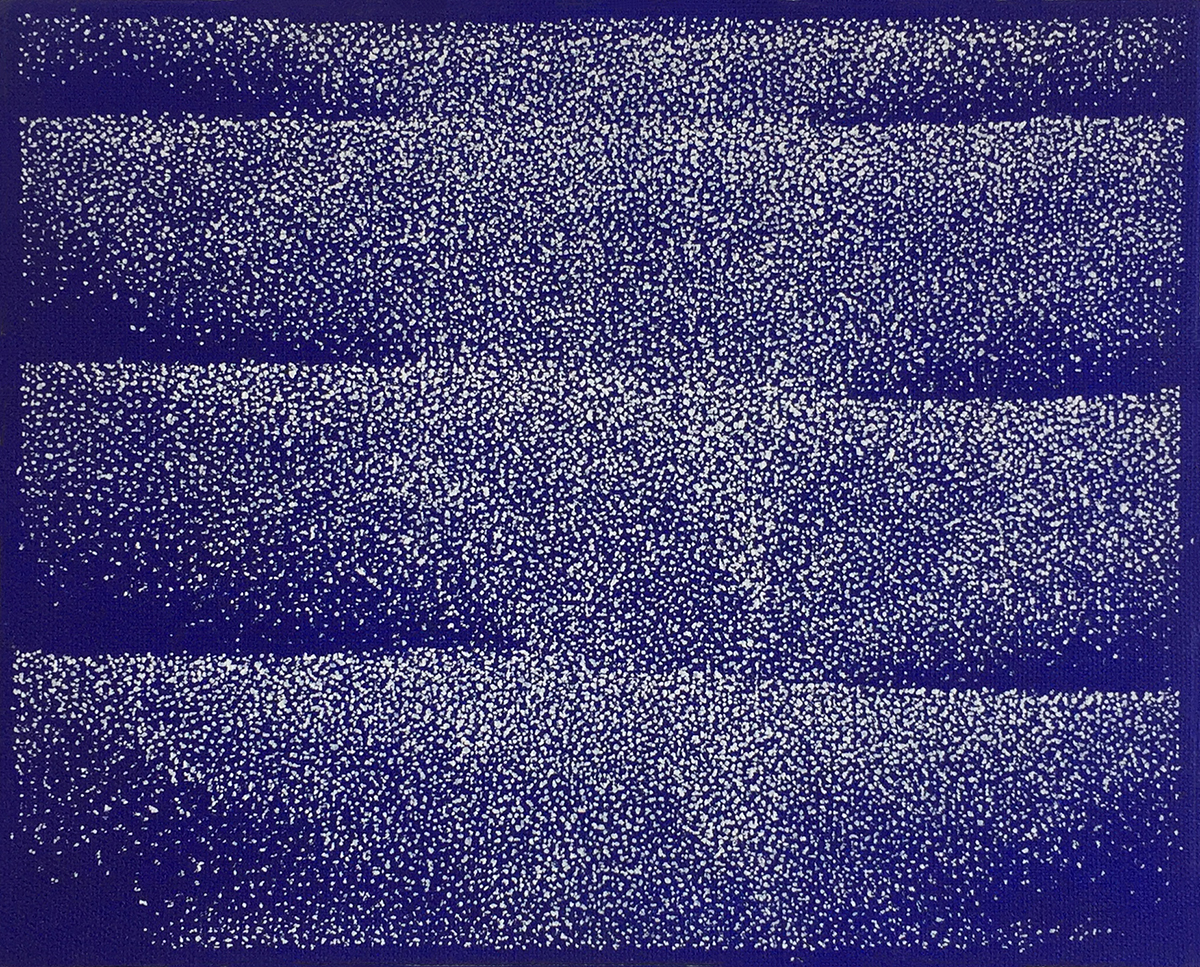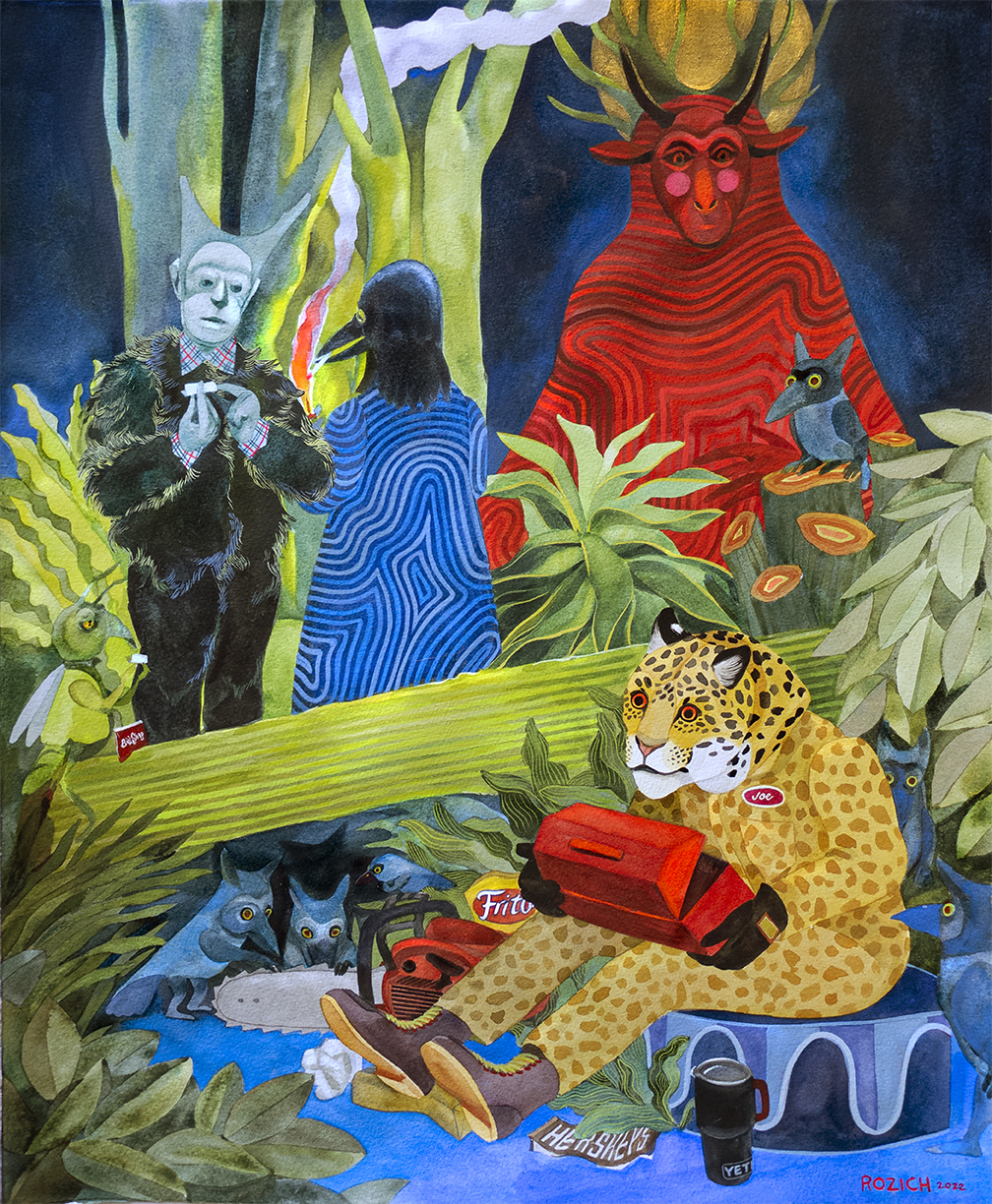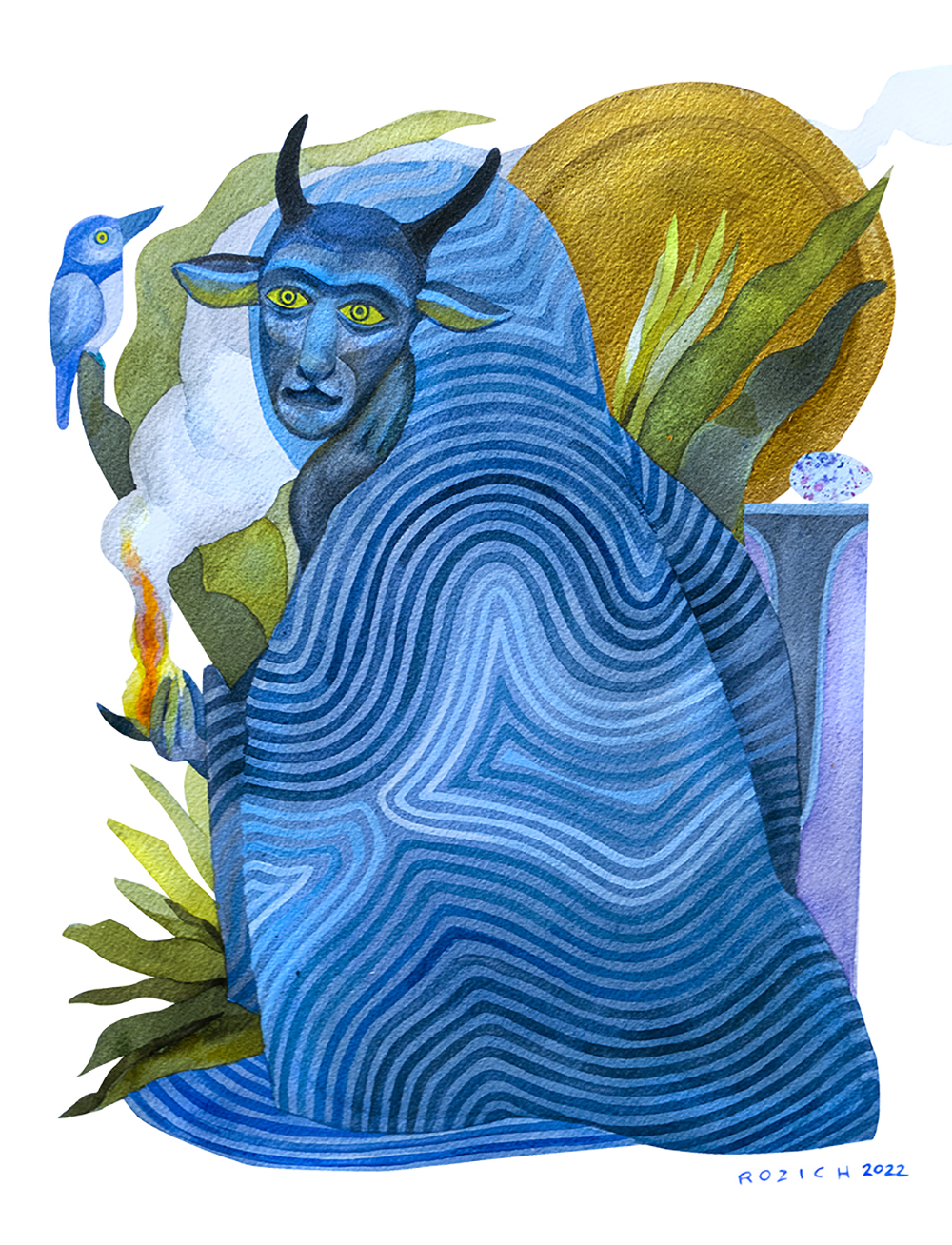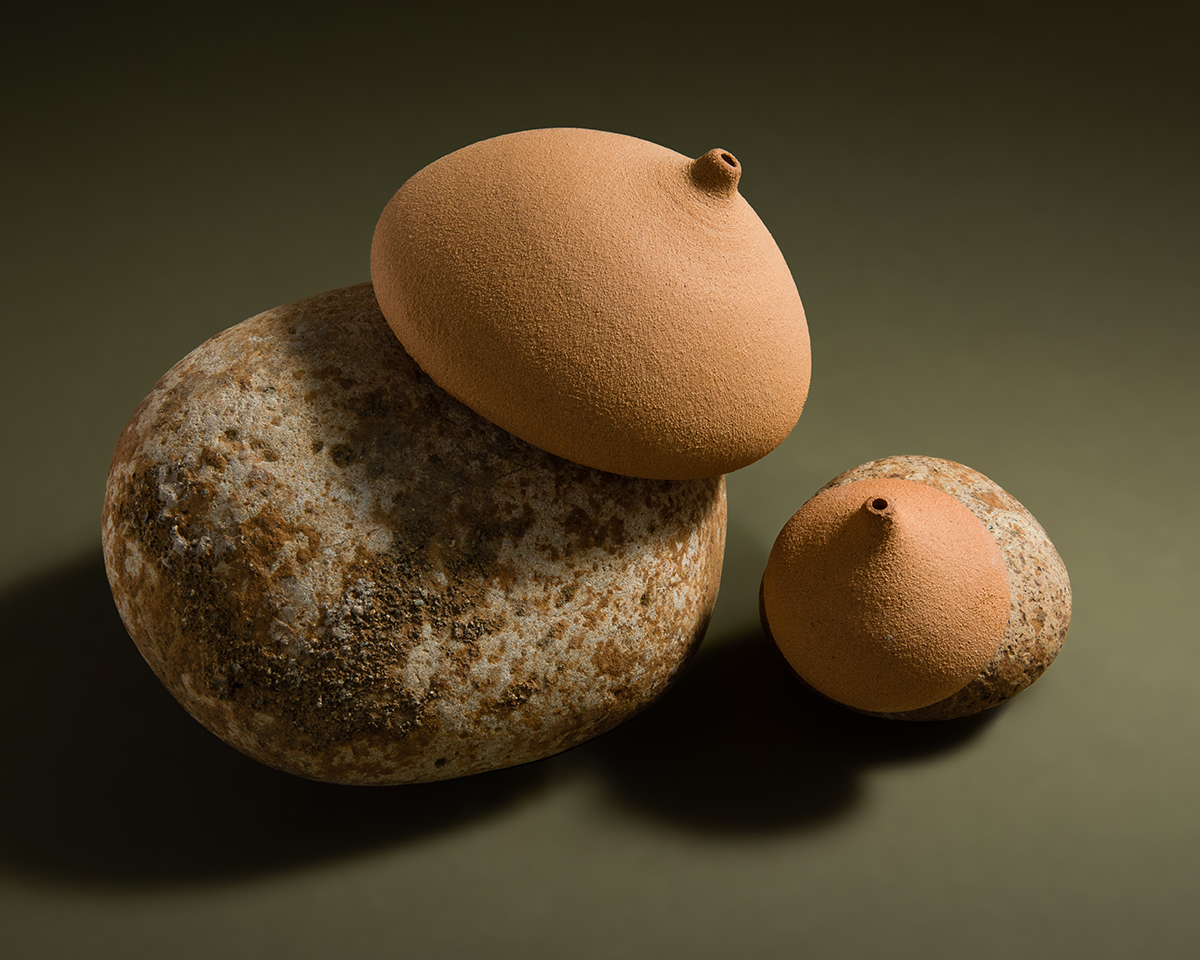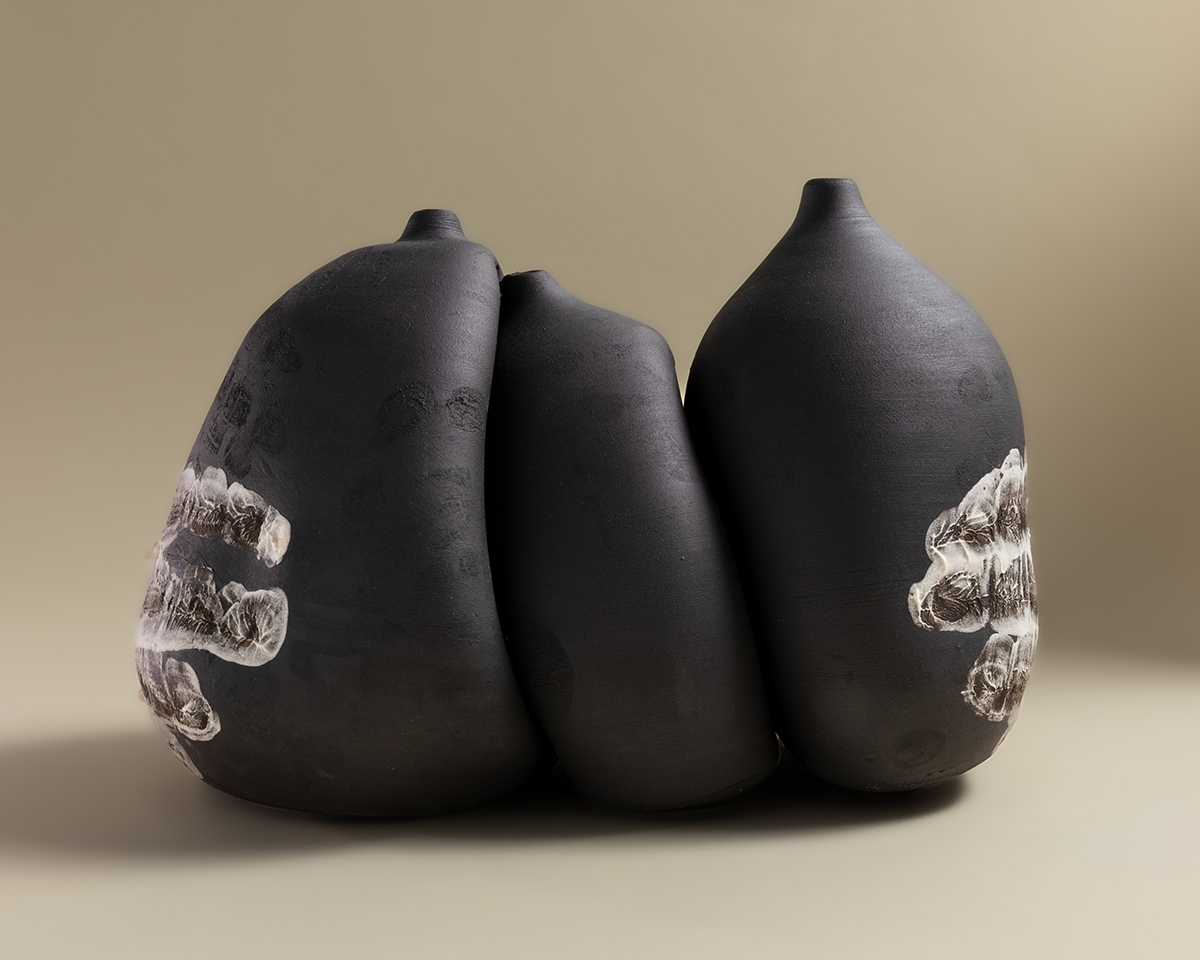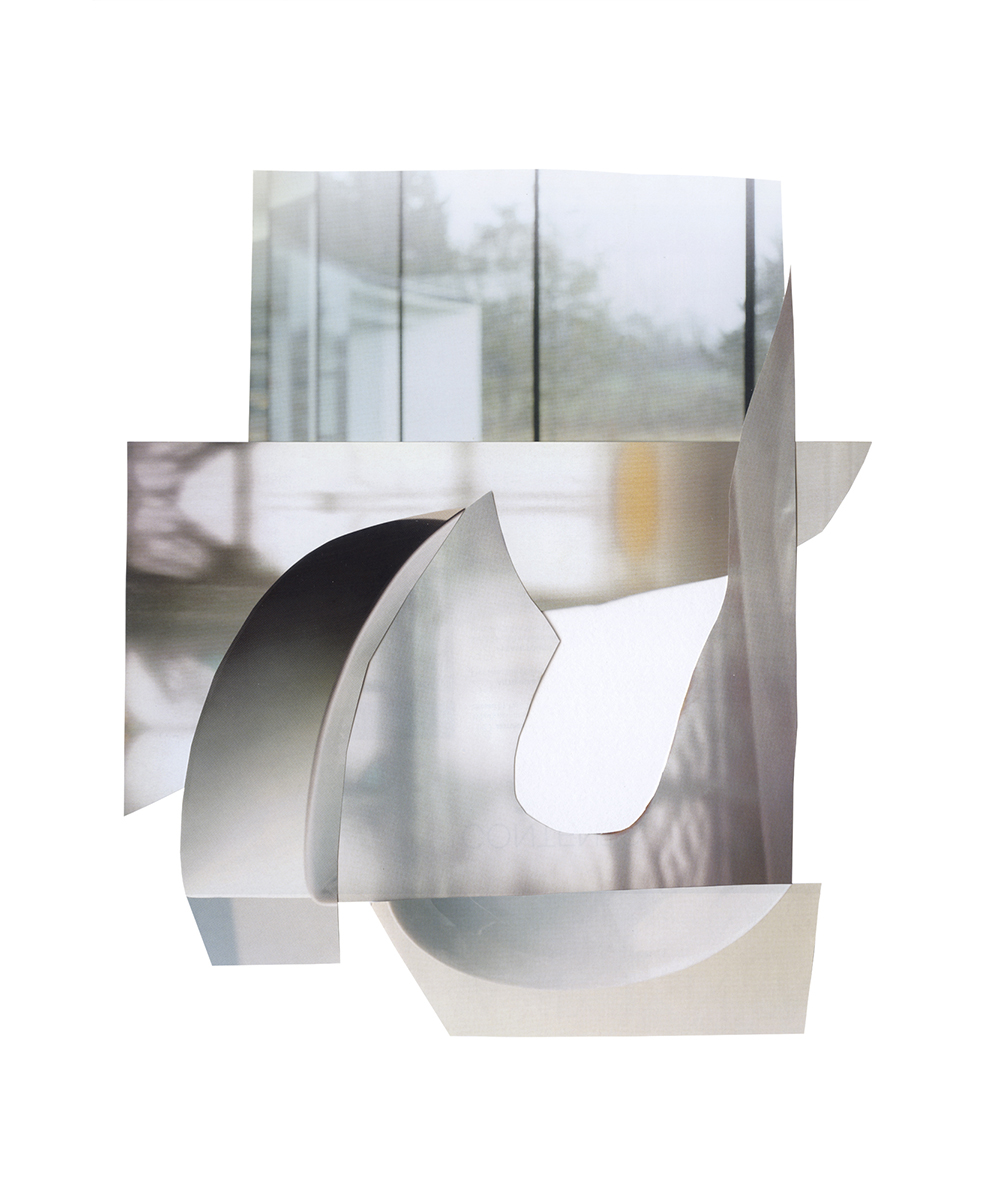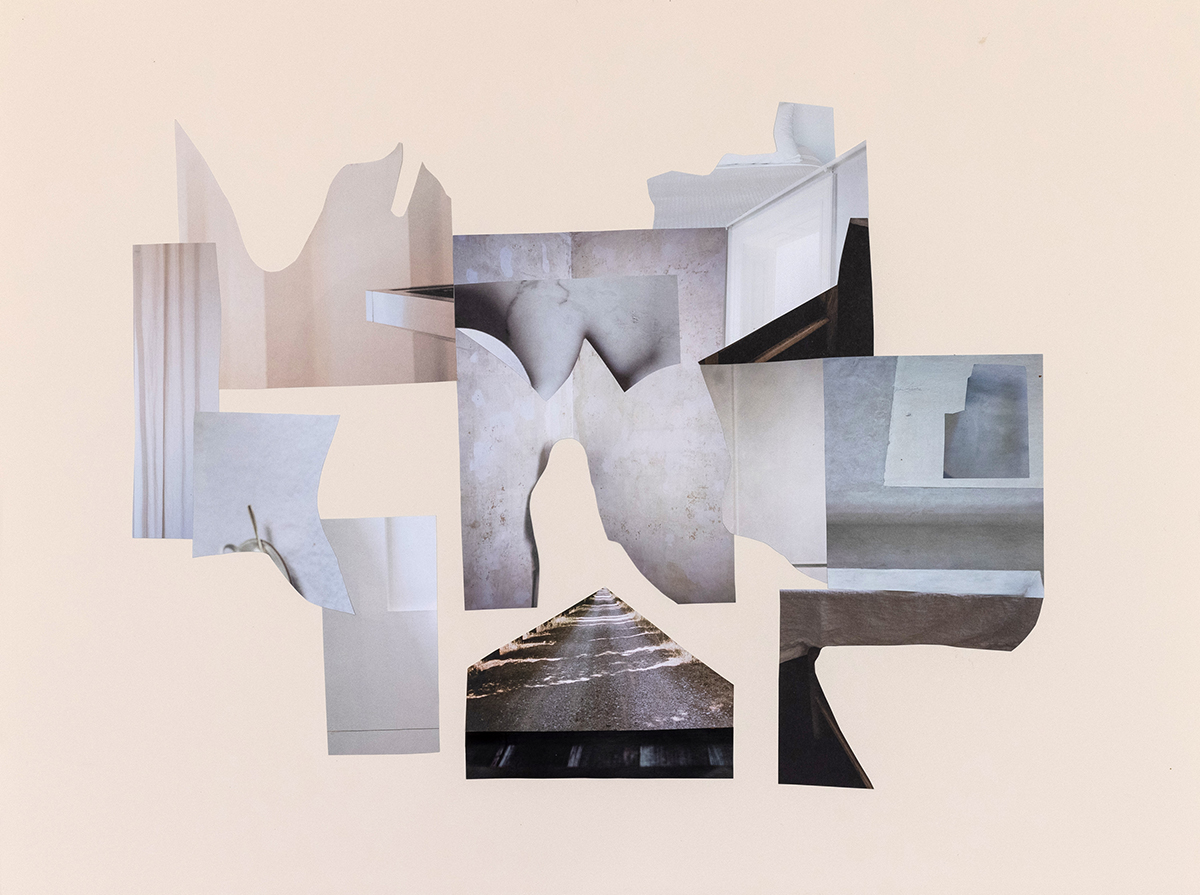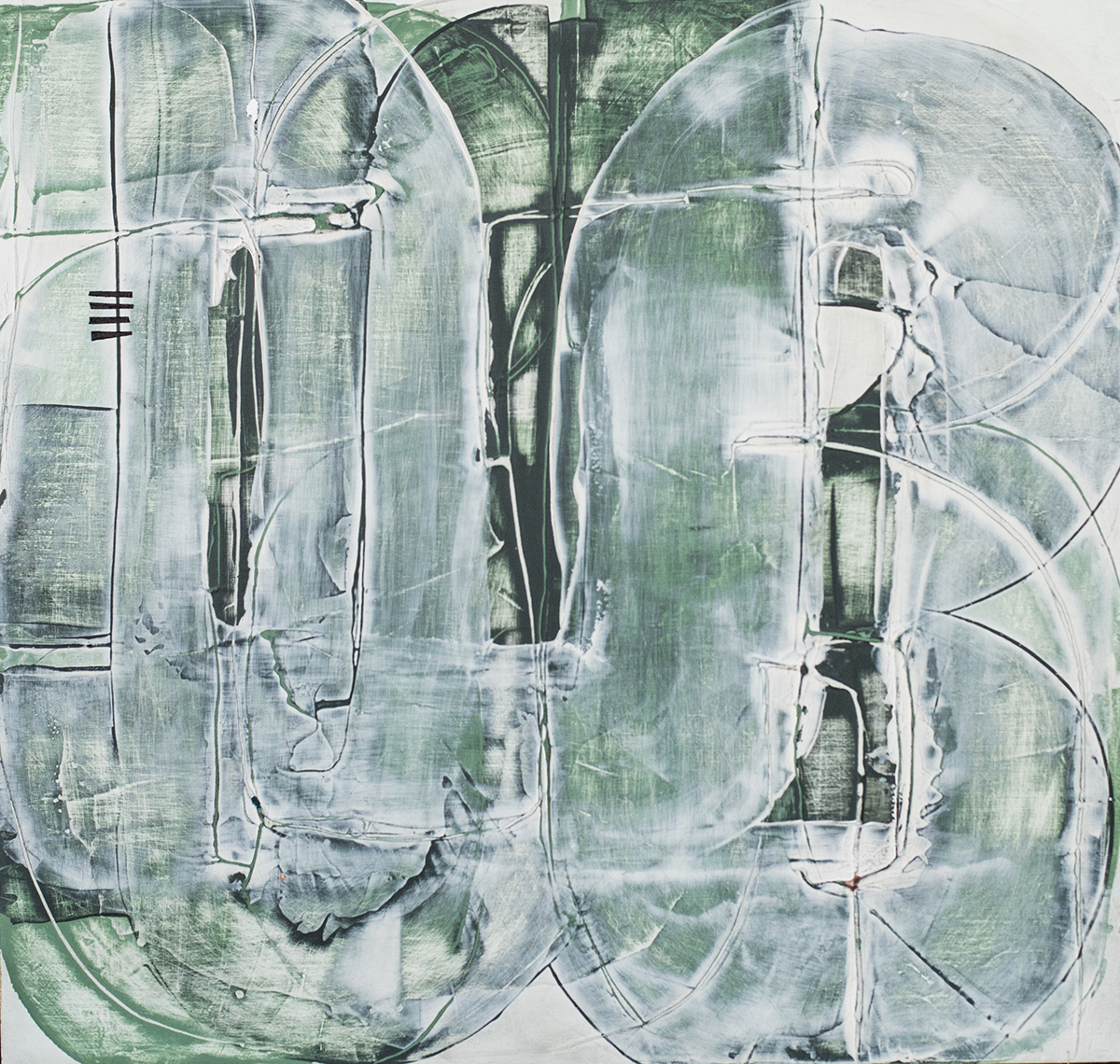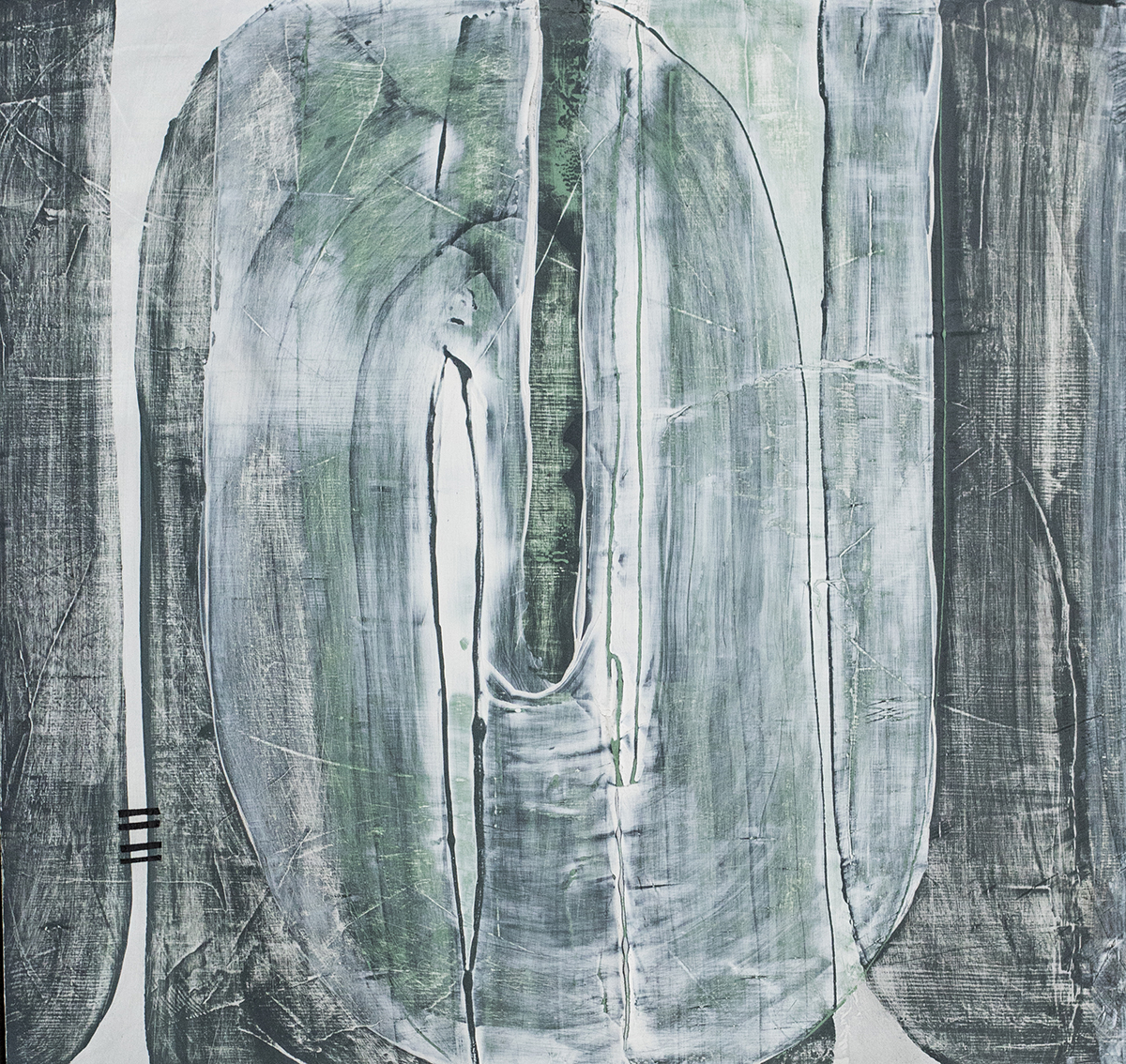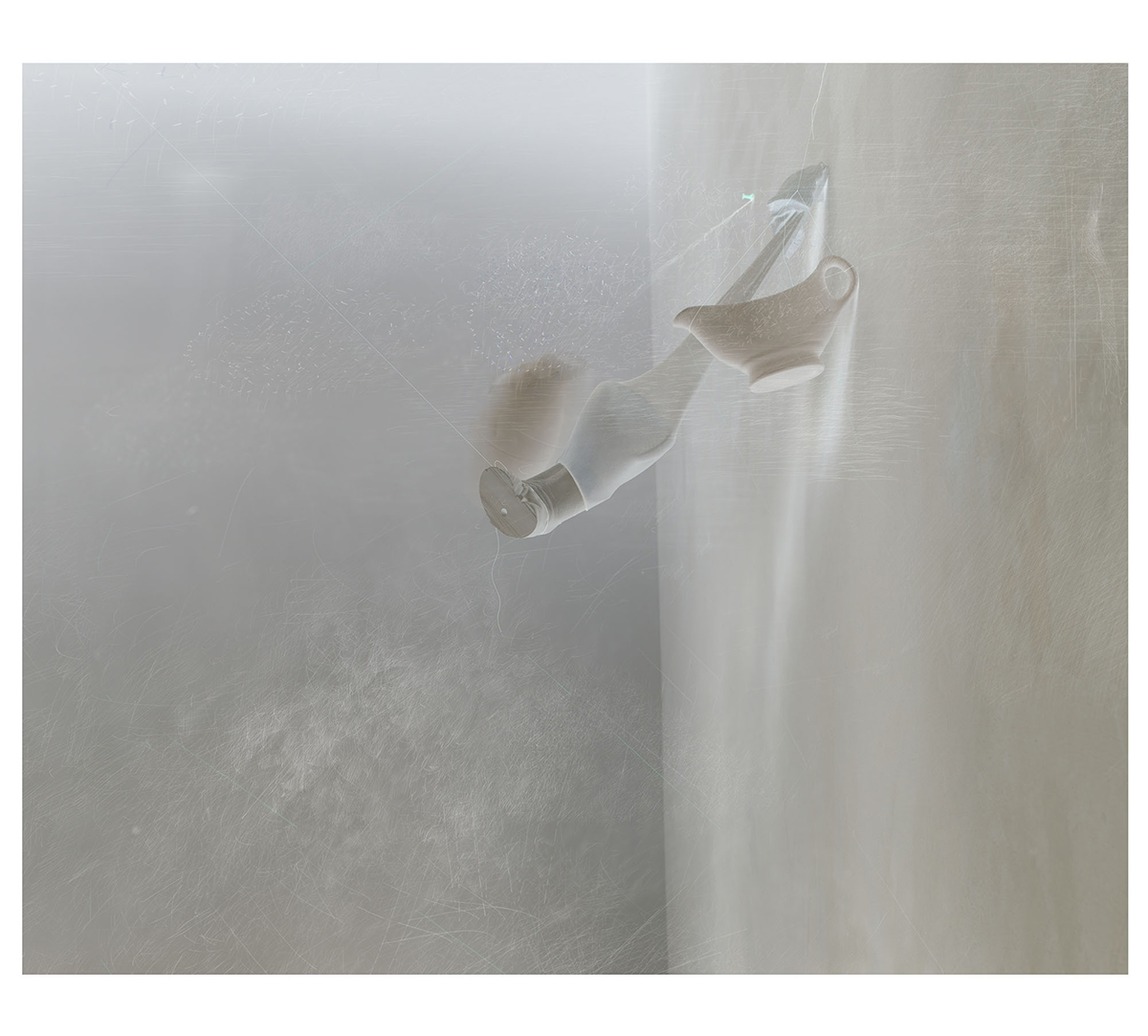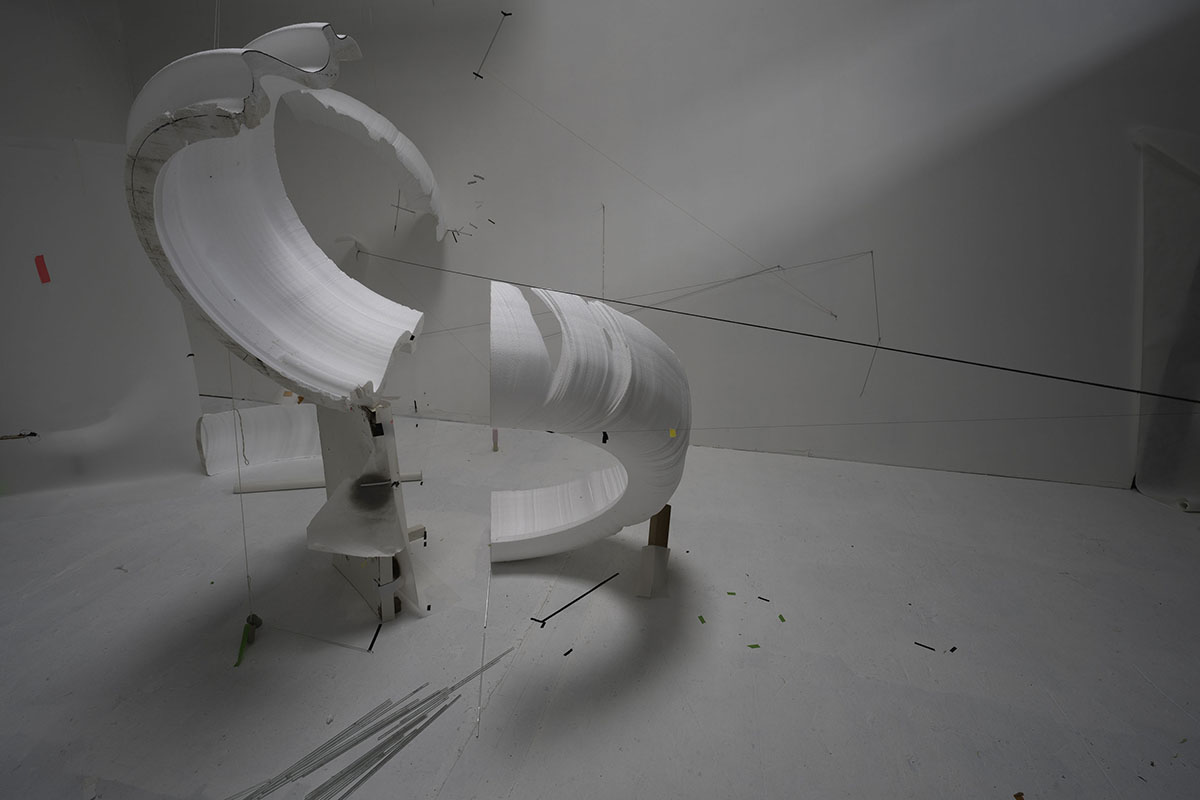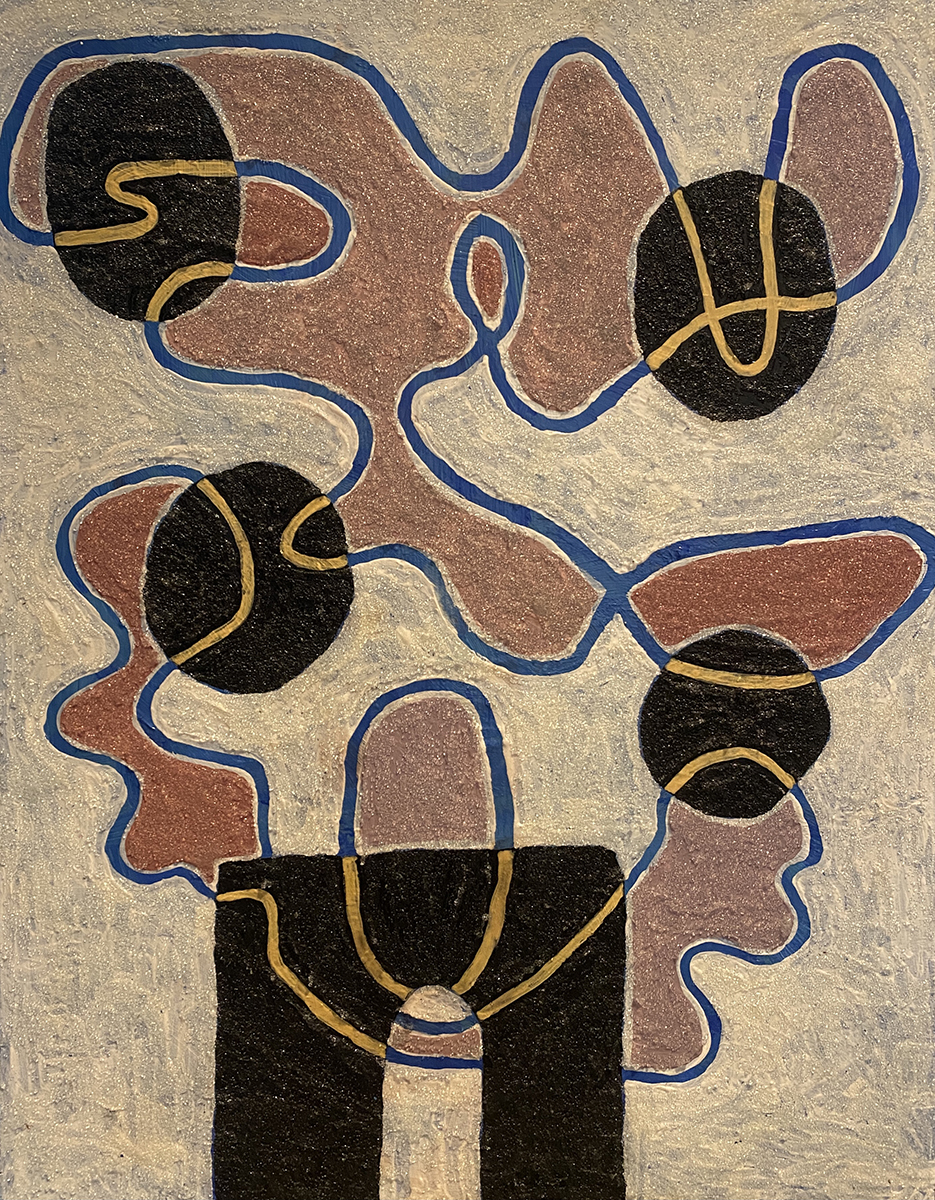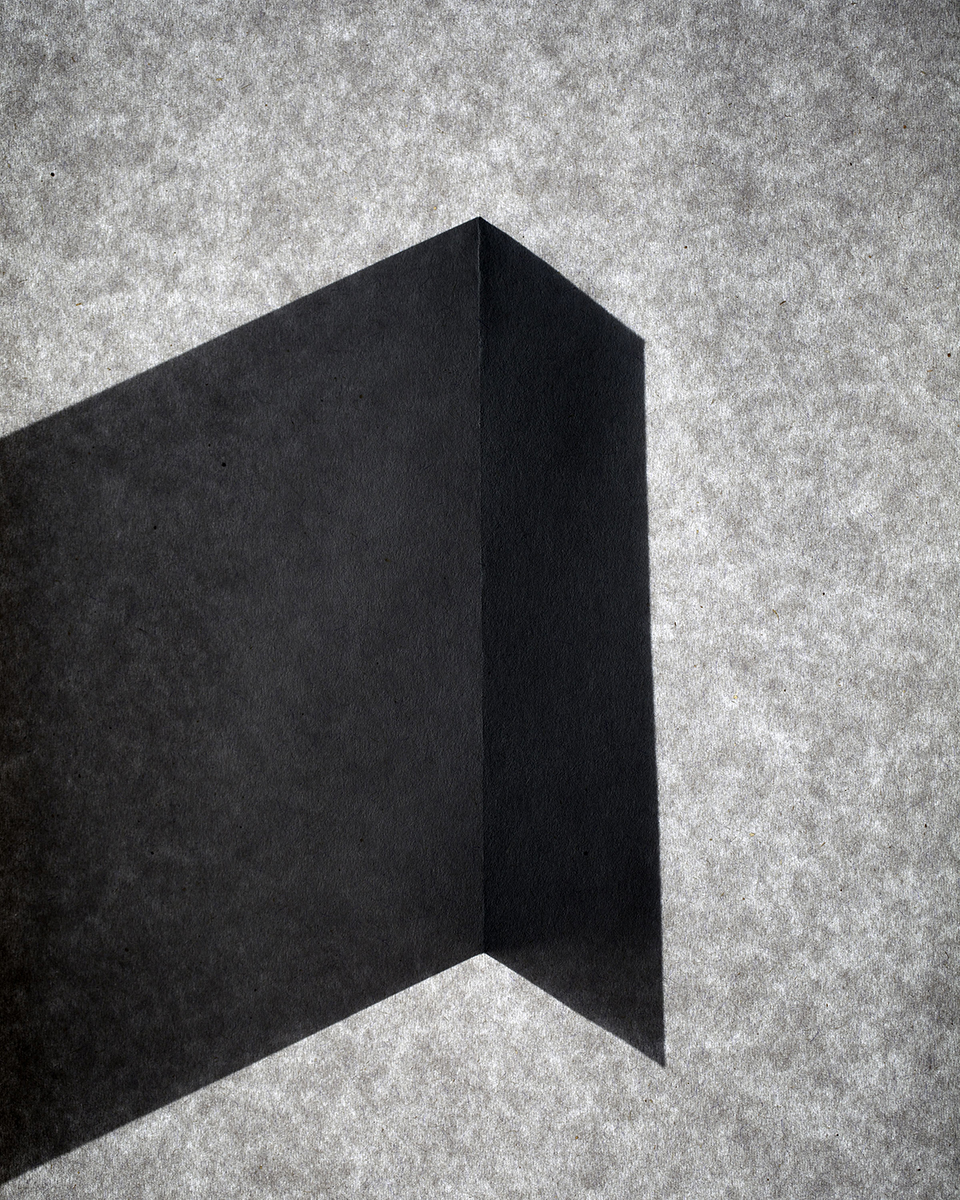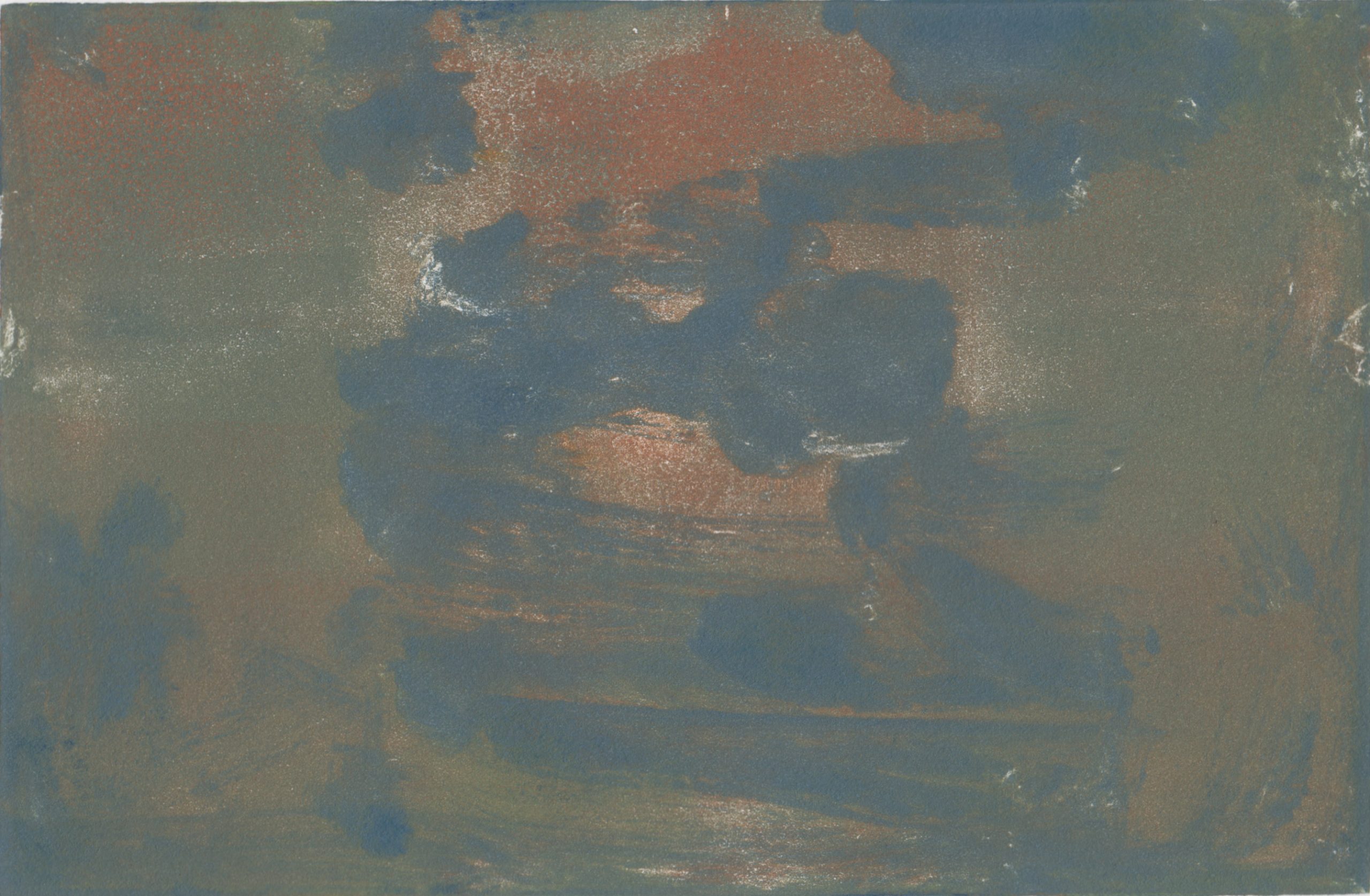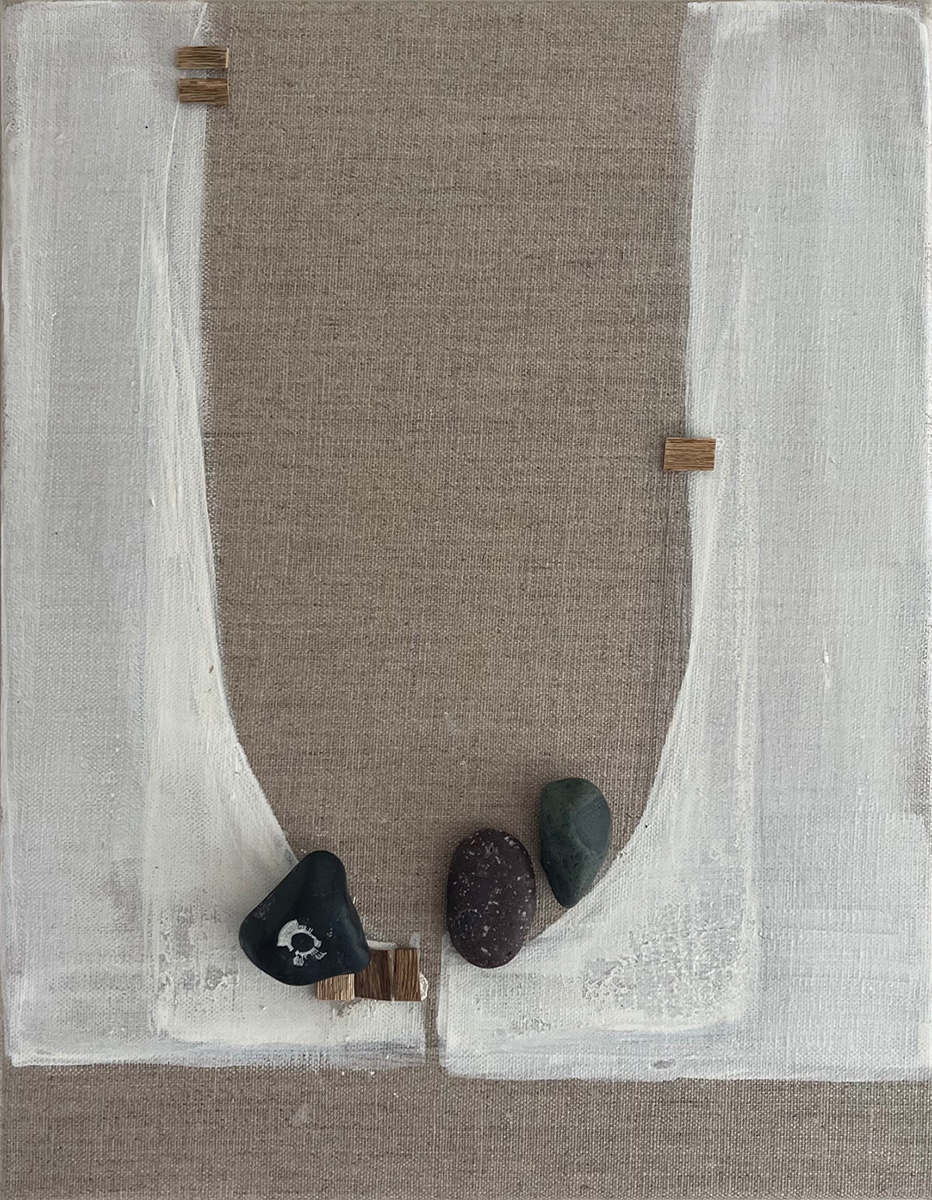heavy light
heavy light
Exhibition: March 19 - April 23, 2022
Reception: Saturday, March 19 | 2 - 4pm
Opening alongside the arrival of the vernal equinox, and the promise of longer, lighter days, Koplin Del Rio Gallery is pleased to announce heavy light, a group exhibition of work by artists connected to and influenced by the Pacific Northwest. With six years now since relocating to Seattle from LA, this show aims to offer an appreciative translation of the experience of this very specific place, in all its ranging and encompassing light qualities, moodiness, atmosphere and mystery. Through broad artistic language ranging from sculpture, photography, to painting and printmaking, heavy light asks us to consider what it is to know a place; to interact with it, be critical of it, to adapt, to bend and mold with it. We are delighted to have a contribution (read on below) by born-and-raised Northwesterner, essayist and educator Sharon Arnold for the exhibition.
MATERIAL AND MOVEMENT: BEYOND THE VISIBLE
Essay by Sharon Arnold
Heavy light is a gathering of artists who subtly weave the influence of the Pacific Northwest into their imagery and narratives. Here, at the edge of the world, we are held in the space between mountains and bodies of water; between a coast and a continent; situated in the sacred center of land, sea, and sky. Capturing the dynamic spirit of this region, these artists’ works intuitively describe its ethereal and material nature as constantly shifting: tidal, liminal, tectonic, atmospheric, and complex.
The Pacific Northwest is turbulent. Large-scale weather systems crash into our coast; spanning the entire width of the Pacific Ocean to form colossal atmospheric rivers that flow from the South Pacific, up the West Coast, and over the Pacific Northwest into British Columbia. Autumn and springtime skies over the Salish Sea are famously dramatic, and our days fluctuate rapidly across the year between extreme light and extreme dark. Those familiar with film, television, and literature know us best for being shrouded in mist, and the suspended time of our silvery-golden grey days. Beneath the clouds, deep below the earth’s surface, lies a subduction zone of cataclysmic potential. Here, the Juan de Fuca plate plunges into the depths of our planet’s layer of molten rock, pushing up the edge of the North American plate to crinkle its surface into faults and mountains, and a scattering of cone volcanoes rising up high above their neighbors. Stretching into glacial valleys, the earth itself is fluid; rippling like waves in each earthquake.
The land shifts, but we also shift the land. Since the arrival of colonial forces, capitalism and colonization have made a severe impact in the last 200 years, not just changing the socio-political landscape but the actual earth itself. Seattle is built in part from the removal of entire hills, each of them significant glacial deposits of silt and clay. These dense remnants are long bodies, running north to south, carved by the retreat of the glaciers themselves. The displaced dirt from those hills was strategically relocated to expand the territory of our shorelines, and to level off the former mudflats where Koplin Del Rio sits—a former oxbow of the Duwamish River when it still wound itself across the wetlands, before it was straightened for the purposes of industry.
The Pacific Northwest is restless. Seattle in particular is known to be a boom and bust city, built on the explosion of the gold rush, the timber industry, and the railroad as a precursor to its establishment as a hub of both aerospace and the internet. These are the foundations of our infamous tech industries. Tectonic forces of another kind, they are disruptive and often destructive. They displaced people then, and they are displacing people still. The art of our locale often addresses these encroaching, expanding physical industrial structures, as much as the inequities of the underlying systemic ones behind them.
The people of the Pacific Northwest are always moving. Since time immemorial, Indigenous peoples from all over Turtle Island have to this day collectively lived and traveled throughout the region, in community with resident Coast Salish peoples. The Pacific Northwest continues to be a place where people from all over the world gather. While it has grown, as many are leaving as arriving. Those who stay learn to ride the waves of all our world-building upheavals in geography, meteorology, and society; hopefully in continued acknowledgement and recognition of each other and the work required towards our collective liberation. Perhaps our liminality, turbulent atmospheres, and geological forces are what push forward our persistent optimism towards the possibility of fertile ground and thriving futures. In their illuminations, the artists of heavy light recognize both the romance, and the realities, of the Pacific Northwest landscape and its histories to render all its movements, material and ethereal, visible.
Sharon Arnold | March 2022
essays on art and enchantment: www.dimensionsvariable.org

